Mathieu Chalvidal
A Holistic Approach to Unifying Automatic Concept Extraction and Concept Importance Estimation
Jun 11, 2023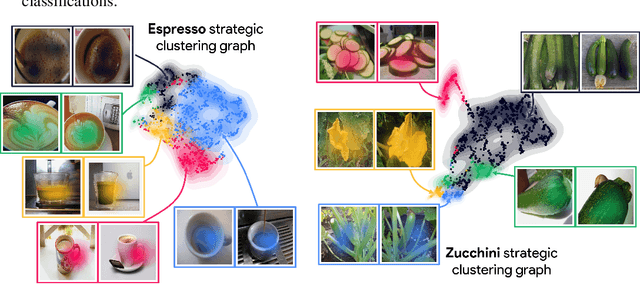



Abstract:In recent years, concept-based approaches have emerged as some of the most promising explainability methods to help us interpret the decisions of Artificial Neural Networks (ANNs). These methods seek to discover intelligible visual 'concepts' buried within the complex patterns of ANN activations in two key steps: (1) concept extraction followed by (2) importance estimation. While these two steps are shared across methods, they all differ in their specific implementations. Here, we introduce a unifying theoretical framework that comprehensively defines and clarifies these two steps. This framework offers several advantages as it allows us: (i) to propose new evaluation metrics for comparing different concept extraction approaches; (ii) to leverage modern attribution methods and evaluation metrics to extend and systematically evaluate state-of-the-art concept-based approaches and importance estimation techniques; (iii) to derive theoretical guarantees regarding the optimality of such methods. We further leverage our framework to try to tackle a crucial question in explainability: how to efficiently identify clusters of data points that are classified based on a similar shared strategy. To illustrate these findings and to highlight the main strategies of a model, we introduce a visual representation called the strategic cluster graph. Finally, we present https://serre-lab.github.io/Lens, a dedicated website that offers a complete compilation of these visualizations for all classes of the ImageNet dataset.
Learning Functional Transduction
Feb 01, 2023Abstract:Research in Machine Learning has polarized into two general regression approaches: Transductive methods derive estimates directly from available data but are usually problem unspecific. Inductive methods can be much more particular, but generally require tuning and compute-intensive searches for solutions. In this work, we adopt a hybrid approach: We leverage the theory of Reproducing Kernel Banach Spaces (RKBS) and show that transductive principles can be induced through gradient descent to form efficient \textit{in-context} neural approximators. We apply this approach to RKBS of function-valued operators and show that once trained, our \textit{Transducer} model can capture on-the-fly relationships between infinite-dimensional input and output functions, given a few example pairs, and return new function estimates. We demonstrate the benefit of our transductive approach to model complex physical systems influenced by varying external factors with little data at a fraction of the usual deep learning training computation cost for partial differential equations and climate modeling applications.
Xplique: A Deep Learning Explainability Toolbox
Jun 09, 2022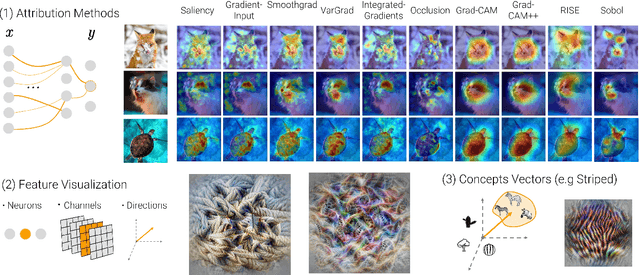
Abstract:Today's most advanced machine-learning models are hardly scrutable. The key challenge for explainability methods is to help assisting researchers in opening up these black boxes, by revealing the strategy that led to a given decision, by characterizing their internal states or by studying the underlying data representation. To address this challenge, we have developed Xplique: a software library for explainability which includes representative explainability methods as well as associated evaluation metrics. It interfaces with one of the most popular learning libraries: Tensorflow as well as other libraries including PyTorch, scikit-learn and Theano. The code is licensed under the MIT license and is freely available at github.com/deel-ai/xplique.
A Discourse on MetODS: Meta-Optimized Dynamical Synapses for Meta-Reinforcement Learning
Feb 04, 2022



Abstract:Recent meta-reinforcement learning work has emphasized the importance of mnemonic control for agents to quickly assimilate relevant experience in new contexts and suitably adapt their policy. However, what computational mechanisms support flexible behavioral adaptation from past experience remains an open question. Inspired by neuroscience, we propose MetODS (for Meta-Optimized Dynamical Synapses), a broadly applicable model of meta-reinforcement learning which leverages fast synaptic dynamics influenced by action-reward feedback. We develop a theoretical interpretation of MetODS as a model learning powerful control rules in the policy space and demonstrate empirically that robust reinforcement learning programs emerge spontaneously from them. We further propose a formalism which efficiently optimizes the meta-parameters governing MetODS synaptic processes. In multiple experiments and domains, MetODS outperforms or compares favorably with previous meta-reinforcement learning approaches. Our agents can perform one-shot learning, approaches optimal exploration/exploitation strategies, generalize navigation principles to unseen environments and demonstrate a strong ability to learn adaptive motor policies.
Look at the Variance! Efficient Black-box Explanations with Sobol-based Sensitivity Analysis
Nov 07, 2021
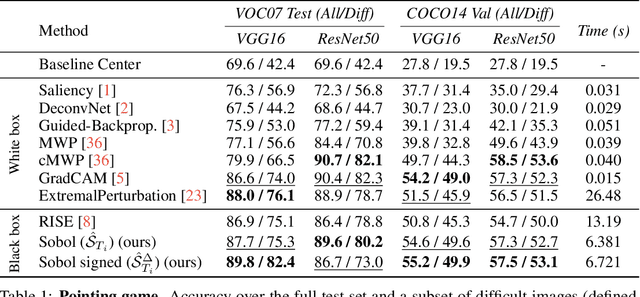
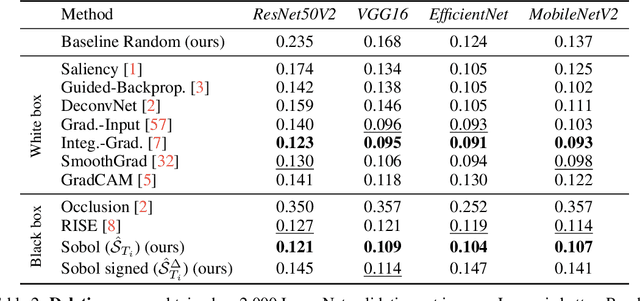
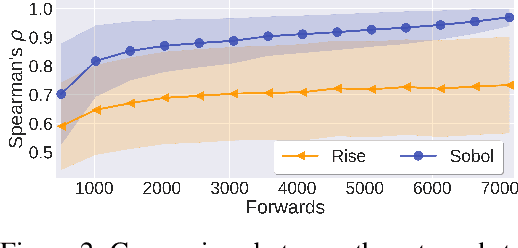
Abstract:We describe a novel attribution method which is grounded in Sensitivity Analysis and uses Sobol indices. Beyond modeling the individual contributions of image regions, Sobol indices provide an efficient way to capture higher-order interactions between image regions and their contributions to a neural network's prediction through the lens of variance. We describe an approach that makes the computation of these indices efficient for high-dimensional problems by using perturbation masks coupled with efficient estimators to handle the high dimensionality of images. Importantly, we show that the proposed method leads to favorable scores on standard benchmarks for vision (and language models) while drastically reducing the computing time compared to other black-box methods -- even surpassing the accuracy of state-of-the-art white-box methods which require access to internal representations. Our code is freely available: https://github.com/fel-thomas/Sobol-Attribution-Method
KuraNet: Systems of Coupled Oscillators that Learn to Synchronize
May 06, 2021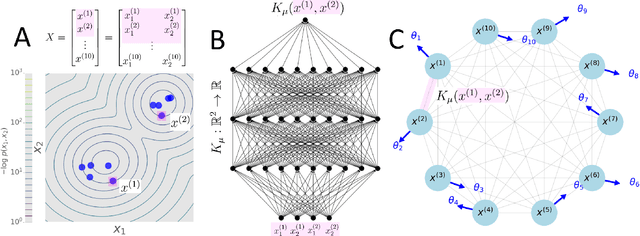
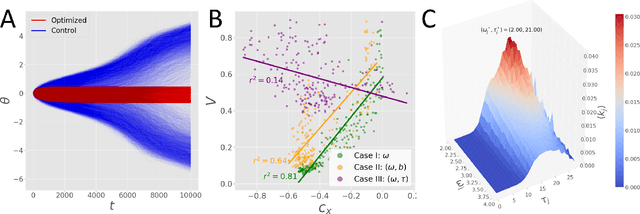
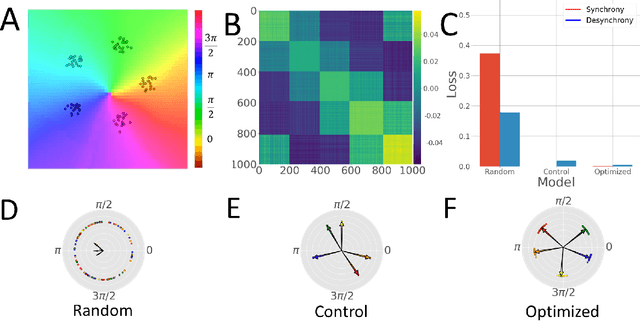
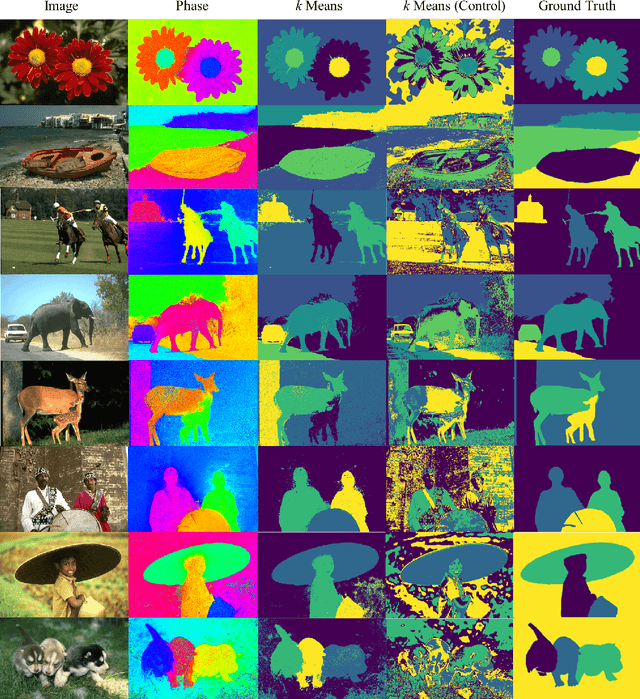
Abstract:Networks of coupled oscillators are some of the most studied objects in the theory of dynamical systems. Two important areas of current interest are the study of synchrony in highly disordered systems and the modeling of systems with adaptive network structures. Here, we present a single approach to both of these problems in the form of "KuraNet", a deep-learning-based system of coupled oscillators that can learn to synchronize across a distribution of disordered network conditions. The key feature of the model is the replacement of the traditionally static couplings with a coupling function which can learn optimal interactions within heterogeneous oscillator populations. We apply our approach to the eponymous Kuramoto model and demonstrate how KuraNet can learn data-dependent coupling structures that promote either global or cluster synchrony. For example, we show how KuraNet can be used to empirically explore the conditions of global synchrony in analytically impenetrable models with disordered natural frequencies, external field strengths, and interaction delays. In a sequence of cluster synchrony experiments, we further show how KuraNet can function as a data classifier by synchronizing into coherent assemblies. In all cases, we show how KuraNet can generalize to both new data and new network scales, making it easy to work with small systems and form hypotheses about the thermodynamic limit. Our proposed learning-based approach is broadly applicable to arbitrary dynamical systems with wide-ranging relevance to modeling in physics and systems biology.
Neural Optimal Control for Representation Learning
Jun 16, 2020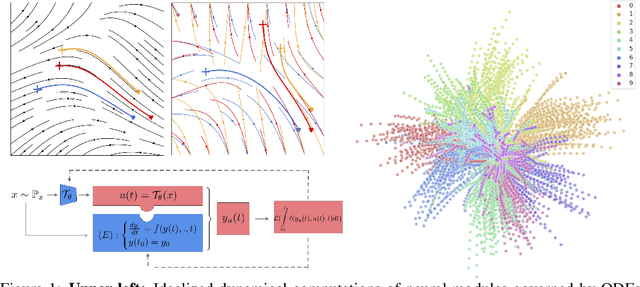

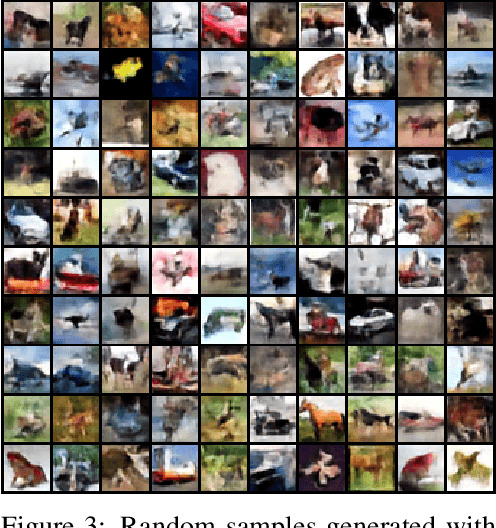
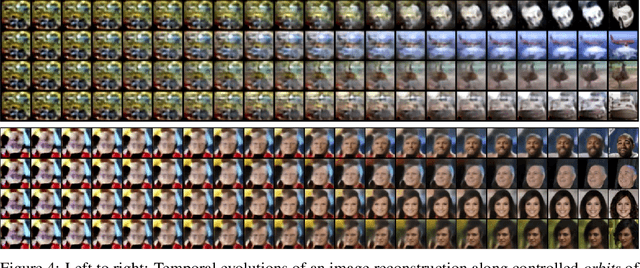
Abstract:The intriguing connections recently established between neural networks and dynamical systems have invited deep learning researchers to tap into the well-explored principles of differential calculus. Notably, the adjoint sensitivity method used in neural ordinary differential equations (Neural ODEs) has cast the training of neural networks as a control problem in which neural modules operate as continuous-time homeomorphic transformations of features. Typically, these methods optimize a single set of parameters governing the dynamical system for the whole data set, forcing the network to learn complex transformations that are functionally limited and computationally heavy. Instead, we propose learning a data-conditioned distribution of \emph{optimal controls} over the network dynamics, emulating a form of input-dependent fast neural plasticity. We describe a general method for training such models as well as convergence proofs assuming mild hypotheses about the ODEs and show empirically that this method leads to simpler dynamics and reduces the computational cost of Neural ODEs. We evaluate this approach for unsupervised image representation learning; our new "functional" auto-encoding model with ODEs, AutoencODE, achieves state-of-the-art image reconstruction quality on CIFAR-10, and exhibits substantial improvements in unsupervised classification over existing auto-encoding models.
 Add to Chrome
Add to Chrome Add to Firefox
Add to Firefox Add to Edge
Add to Edge